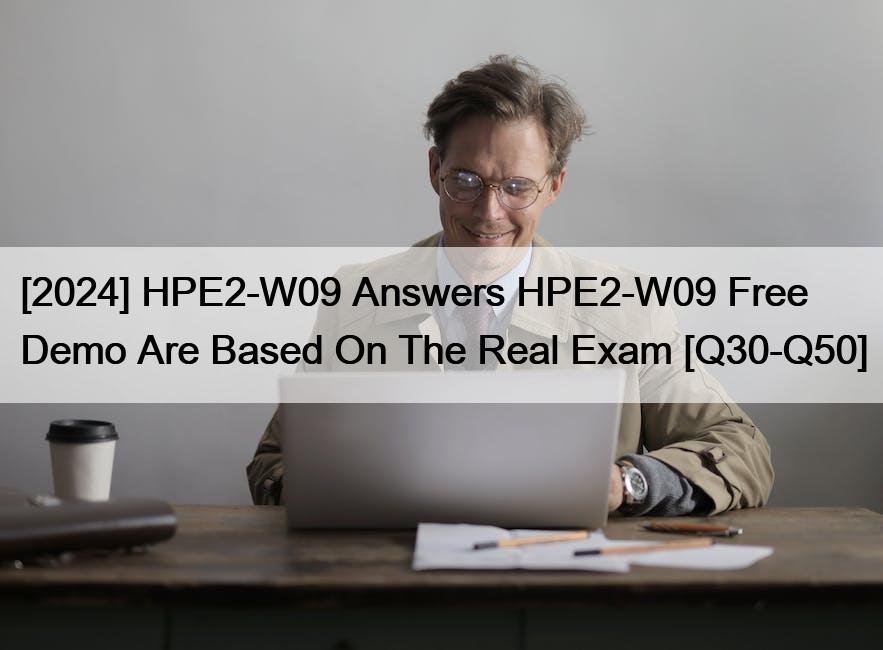
[2024] HPE2-W09 Answers HPE2-W09 Free Demo Are Based On The Real Exam
HPE2-W09 [Aug-2024 Newly Released] Exam Questions For You To Pass
HPE2-W09 Exam is intended for those who are experienced in designing and deploying data center networks for large organizations. HPE2-W09 exam measures the individual’s skills in advanced data center networking concepts, network automation, virtualization, and storage. HPE2-W09 exam is designed to assess the candidate’s ability to design and implement data center networks that are fast, secure, and highly available. Aruba Data Center Network Specialist Exam certification is highly valued in the industry and is an asset for those pursuing a career in the networking domain.
The HP HPE2-W09 exam consists of 60 multiple-choice questions that must be completed within 90 minutes. HPE2-W09 exam is available in English and Japanese languages. The passing score for the exam is 70%. Candidates who pass the exam will receive the Aruba Certified Data Center Network Specialist (ACDCNS) certification.
New 2024 Realistic Free HP HPE2-W09 Exam Dump Questions and Answer: https://www.dumpstorrent.com/HPE2-W09-exam-dumps-torrent.html